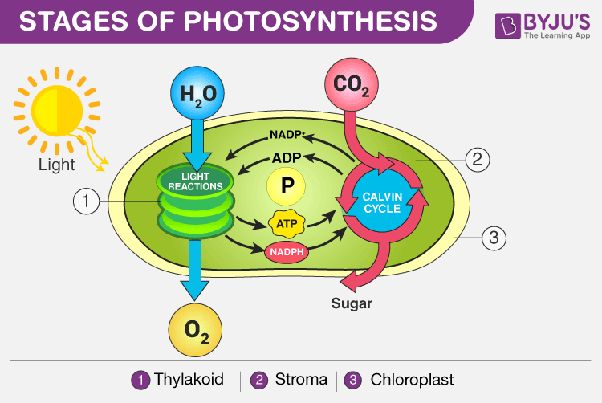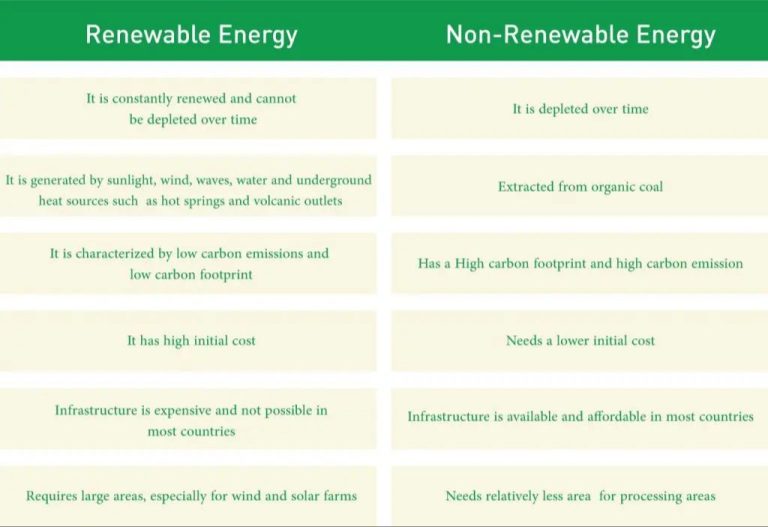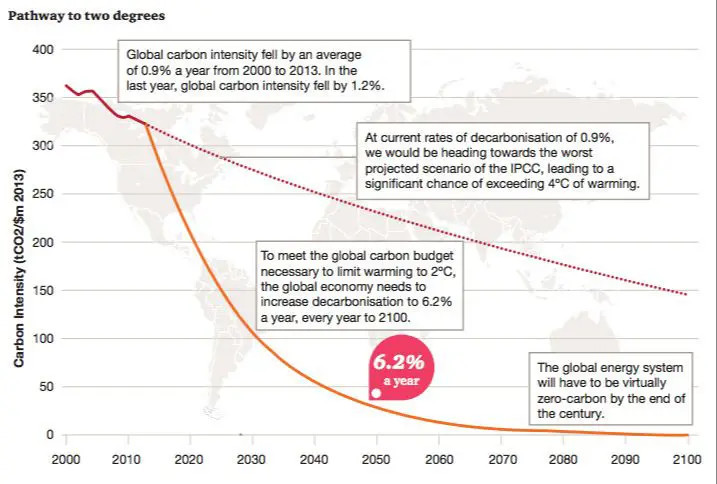What Are The Energy Transfers In An Electric Car?
Electric cars are automobiles that are powered by an electric motor instead of an internal combustion engine that burns fossil fuels. They have become increasingly popular in recent years as concerns about climate change and high gas prices drive demand for more sustainable transportation options. Sales of electric cars have grown exponentially in the past decade, with over 2 million sold globally in 2018. As battery costs continue to fall and charging infrastructure expands, many experts predict electric vehicles will become the norm.
So how exactly do these zero-emissions vehicles work? What enables them to propel down the road without spewing harmful pollutants from a tailpipe? This article will provide an in-depth look at the energy transfers that make electric cars go. We’ll examine how batteries store and supply power, what happens when you hit the accelerator, where energy is lost through heat, and how innovations like regenerative braking improve efficiency. Whether you’re an electric vehicle owner, are considering going electric, or just want to understand the technology, read on to learn all about the fascinating energy transformations within electric cars.
How Electric Cars Work
Electric cars have a fundamentally different powertrain compared to gas-powered cars. Instead of an internal combustion engine, they use an electric motor powered by a large battery pack. Here are the main components of an electric car powertrain:
Electric Motor – The electric motor converts electrical energy from the battery into mechanical energy to turn the wheels. It is powered by 3-phase AC current from the inverter.
Battery – The battery pack stores electrical energy to power the motor. It uses lithium-ion battery cells connected together. The larger the battery capacity, the more range the car can drive before needing to be recharged.
Inverter – The inverter converts the DC current from the battery into AC current to run the motor. It allows variable speed control of the motor through adjusting the frequency of the AC current.
Regenerative Braking System – This system captures energy when braking by using the electric motor as a generator to recharge the battery. This helps extend driving range.
Charging the Battery
One of the key differences between electric and gas-powered cars is how they are refueled. Gas cars are filled up quickly at gas stations in 5-10 minutes. Electric cars take much longer to charge depending on the type of charger used.
There are three main levels of electric vehicle charging:
- Level 1 is the slowest charging method. It uses a standard 120V household outlet to provide about 2-5 miles of range per hour of charging. This can take over 24 hours to fully charge an empty battery.
- Level 2 charging uses a 240V outlet like those used for electric dryers. This provides 10-20 miles of range per hour of charging, which can fully charge an empty battery overnight in about 8 hours.
- DC Fast Charging uses a 480V direct current to rapid charge at rates up to 200+ miles of range per hour. This allows charging an empty battery up to 80% in around 30 minutes.
Frequent fast charging can degrade electric vehicle batteries more quickly over time. The best practice is to charge slowly overnight at home when possible. Limiting DC fast charging sessions can help extend overall battery life.
Battery to Motor
Inside an electric car, the high-voltage battery stores electrical energy chemically in its cells. When the motor needs to operate, this chemical energy is converted to electrical energy. The battery discharges electricity, which flows through the cables to the electric motor. The battery provides direct current (DC) electricity, but electric motors are designed to run on alternating current (AC). So the inverter converts the DC to AC current.
The AC current from the inverter allows the motor to spin and generate rotational kinetic energy. This kinetic energy then gets converted to torque or turning power to spin the wheels. The amount of torque can be controlled by regulating the electrical energy into the motor. More electrical energy creates higher torque to accelerate the electric car.
So in summary, the battery stores chemical energy that gets converted to electrical energy, then to torque through the electric motor, providing the power to drive the wheels of the electric car.
Kinetic and Potential Energy
An electric car’s motion represents kinetic energy, while its elevation represents potential energy. As the car accelerates, it builds up kinetic energy and momentum. This kinetic energy comes from the electric motor turning electrical energy from the battery into mechanical energy that propels the car forward.
When the car travels uphill, it trades kinetic energy for potential energy in the form of increased gravitational potential. As the elevation increases, the car has more potential energy that can later be converted back into kinetic energy when traveling downhill. This transfer between kinetic and potential energy happens continuously during normal driving.
Overall, the electric motor powers the car by converting the chemical potential energy stored in the battery into kinetic energy of motion. The car’s mass and velocity determine its kinetic energy at any moment. Meanwhile, gravity and height determine the potential energy. Managing these energy transfers is key to efficient electric vehicle operation.
Regenerative Braking
Regenerative braking is an important energy recovery mechanism in electric cars. When the driver steps on the brake pedal, the electric motor switches into generator mode. As the wheels slow down, the rotational motion is converted into electrical energy, which is used to charge the battery. This allows the kinetic energy that would normally be lost as heat in friction brakes to instead be captured and reused. The regenerative braking system helps extend the range of the electric car by recovering energy that would otherwise be wasted. Essentially, it converts the vehicle’s kinetic energy into stored electrical energy every time the brakes are applied.
In normal friction brakes, the kinetic energy of the vehicle is converted into heat by the brake pads rubbing against the brake rotors. This energy is lost and wasted. With regenerative braking, special electric motors function as generators when decelerating. The rotational motion of the wheels turns the motor, which operates in reverse as a generator and produces electricity that charges the battery. Modern electric cars can recover up to 60% of the car’s kinetic energy this way, which directly increases driving range.
Overall, regenerative braking is a key efficiency technology in electric vehicles. By recovering the vehicle’s kinetic energy during braking, it captures energy that would otherwise be wasted as heat. This electricity is used to top up the battery, extending driving range and decreasing reliance on the grid for charging.
Energy Loss as Heat
While electric cars are very efficient at converting battery power to kinetic energy in the wheels, some energy is inevitably lost along the way in the form of heat. This occurs primarily due to inefficiencies in three components:
- The electric motor – Friction and electromagnetic losses within the motor create heat.
- The power electronics – Resistance in wires and components leads to heating.
- The battery – Internal chemical processes are not 100% efficient, leading to heat generation.
This wasted energy in the form of heat ultimately reduces the potential driving range on a single charge. Automakers are constantly looking for ways to improve component efficiencies to maximize range. Advances in motor design, inverter electronics, and battery chemistry will help reduce energy lost as heat in the future.
Solar Charging
Some electric car models come equipped with solar panels installed on the roof or hood to directly charge the battery while driving. The solar panels absorb sunlight and convert it into electricity through the photovoltaic effect. This electricity flows into the car’s battery, providing supplemental charging in addition to plug-in charging.
The solar panels are relatively small, usually only a few hundred watts, so they cannot fully recharge the battery. But they can add up to several miles of extra range per day. The Nissan Leaf and Hyundai Sonata Hybrid are examples of electric cars with available solar panel options.
Solar charging extends the driving range and reduces reliance on the grid for electricity. It takes advantage of renewable solar energy that is available for free. Solar panels are more effective in sunny climates where there is abundant sunlight throughout the year. Advancements in solar cell technology could improve efficiency and make solar charging a more significant portion of overall electric car charging in the future.
Comparing Gas vs Electric
When comparing the energy transfers in gas versus electric cars, one of the biggest differences is in the efficiency of the engines. Gas cars rely on internal combustion engines which have an efficiency of only about 30%. This means that 70% of the chemical energy in the gasoline is lost, primarily as heat. Electric cars use electric motors which have efficiencies of 80-95%. This allows them to utilize the stored electrical energy in the batteries much more efficiently.
In gas cars, energy transfers start with the chemical potential energy stored in gasoline. This is converted into kinetic energy through combustion and heat transfer in the engine. Much of this energy is lost due to friction, noise, and engine heat. The kinetic energy of the spinning engine components is transferred to the wheels to propel the car. Additional losses occur through the transmission, drive train, and tire friction with the road.
In electric cars, energy transfers start with the chemical potential energy stored in the batteries. This is converted directly into kinetic energy through the electric motor which spins to drive the wheels. Very little energy is lost in this electrical to mechanical conversion. However, there are still frictional losses in the tires and drive components. Regenerative braking helps recover some of this energy.
Overall, electric cars are fundamentally more efficient due to having fewer energy conversion steps. Gasoline’s chemical energy must be converted to heat, to mechanical energy, to movement. An electric car skips the inefficient combustion process and directly converts stored chemical energy into motion.
Future Improvements
Electric car technology is rapidly advancing and several key areas of future improvement are emerging:
Better Batteries
Lithium-ion batteries currently used in electric cars have limitations in energy density and degradation over time. New battery chemistries like solid-state batteries promise 2-3 times higher energy density and longer lifetimes. This would enable longer range on a single charge and better long-term performance.
Faster Charging
Today’s electric cars take hours to charge fully. New ultra-fast charging systems with charge rates above 350 kW can add hundreds of km of range in 10-15 minutes. Widespread deployment of ultra-fast chargers will make long distance travel much more convenient.
Vehicle-to-Grid Integration
Electric car batteries could be used to store and feed energy back into the electricity grid when not being used, helping to balance supply and demand. This vehicle-to-grid integration can make electric cars an important part of smart grid technology.
Improved Solar Integration
Advances in solar cell technology will enable electric cars to be increasingly powered by the sun. Solar paints and solar panels integrated into car bodies can extend range. Solar powered charging stations will also proliferate.
With continuous innovation in these areas, electric cars will increase driving range, lower charging times, reduce environmental impact and offer benefits beyond just transportation.







